We’re thrilled to announce that former Minnesota State Auditor Rebecca Otto has joined MnFIRE as our first-ever Director of Business Affairs. Rebecca brings nearly four decades of public, private and nonprofit experience, deep financial expertise and strong relationships across the state to the MnFIRE team.
A well-known and well-respected leader, Rebecca served as Minnesota State Auditor from 2007 to 2019, where she led fiscal/legal compliance oversight of $50 billion in local government spending. Most recently, Rebecca served as executive director of the Ernest C. Oberholtzer Foundation, a conservation-minded nonprofit in Northern Minnesota. She also has experience as a state representative, teacher and small business owner.
“From Ada to Zumbrota, firefighters play an incredibly important role in every Minnesota community, and I am honored to be able to help MnFIRE strengthen its mission, build an even stronger and sustainable foundation and support these hometown heroes into the future,” Rebecca said.
“Rebecca has been a supporter of Minnesota’s fire service her entire career, and has built strong relationships with firefighters, legislators and community leaders all across the state,” said MnFIRE Board President George Esbensen. “As the health and wellness resources MnFIRE provides to firefighters and their families become more and more critical, Rebecca’s expertise and passion for the fire service will help our organization become even more effective and further elevate our important mission.”
You can reach her at rotto@mnfireinitiative.com. Please join us in welcoming Rebecca to the team!


